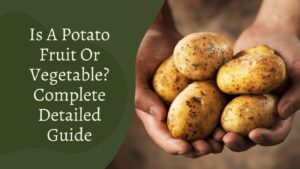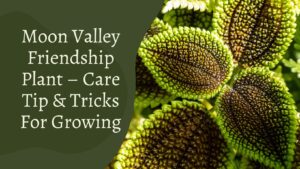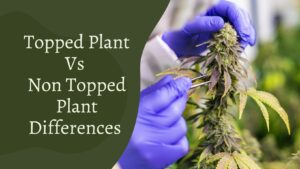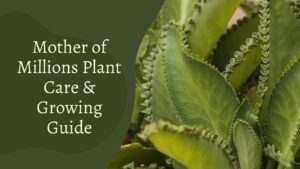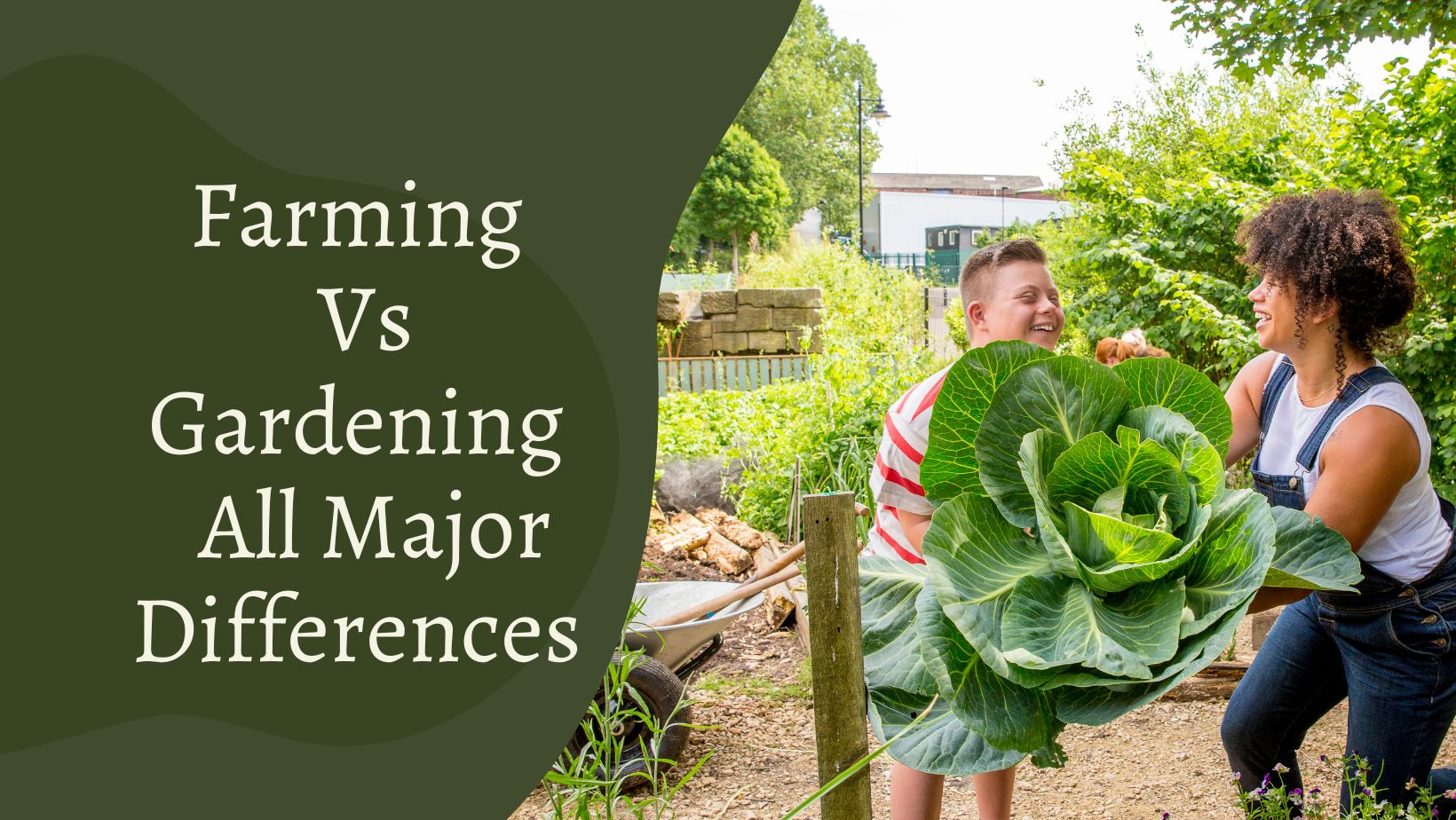
If you are finding difference between farming vs gardening then you are in right place this article provide you all information regarding farming vs gardening. Farming need large machinery, additional acreage, a working understanding of weather, agricultural department laws and regulations, and confidence in Mother Nature not to harm your crops. Gardening takes fewer tools, less area, and a basic understanding of the weather, as well as confidence that Mother Nature will not destroy your garden.
It is the cultivation and growth of plants as part of Horticulture. Ornamental plants evolved for their overall beauty in gardens. The blooms and leaves are in the same boat. Many people believe gardening to be a calming activity. That is why most backyard gardeners produce plants, vegetables, root crops, fruits, and herbs. They are produced and farmed for various applications, including food, cosmetics, medicine, and colouring.

Gardening encompasses a wide range of activities, from fruitful orchards to boulevard plantings. When it comes to gardening, there are several sorts to choose from, including:
- bushes to grow
- trees
- plants that are herbaceous
- for aesthetic and medical purposes
Gardening is a highly specialised field. You can cultivate a single plant or a variety of them. It entails a high level of plant contribution and is labor-intensive. And, even in tiny regions or limited locations, you can only plant. This is the first difference between it and agriculture or farming.
What is agriculture?

Agriculture is the science of growing plants and raising livestock. Agriculture opened the path for sedentary human civilisation, which implies that domesticated animal farming produced enough food surplus for people to dwell in cities. In other words, because agriculture entails the distribution of food for the living, it necessitates a comprehensive strategy.
Agriculture also refers to the art of growing food crops and caring for farm animals. It encompasses the entire network of changes involved in the redistribution of the usual food chain and energy strategy. This regular network begins with the Sun, which offers all of the required requirements for plants to thrive. The Sun’s energy converted into sugars, which ultimately used to nourish plants in a process known as photosynthesis.
Is Gardening Considered Agriculture?
Yes! Gardening, as previously stated, is the cultivation and growth of plants as part of horticulture. Horticulture, on the other hand, is a subset of agriculture that solely deals with small-scale operations, as opposed to agriculture, which is concerned with the entire human consumption of crops, cattle, and animal husbandry. Gardening is classified under agriculture since it is a type of horticulture, and horticulture is a type of agriculture.
Why would a farmer plant a food crop in a small garden plot:

Crop revolution is the practise of implanting a variety of harvests on a similar part of the land to uphold soil fitness, maximise nutrients, and fight bug and wildflower weight.
By employing mixed undeveloped systems, farmers may expand their risk from single crop making, make better use of labour, generate cash for acquiring farm inputs, and add value to harvests or agrarian by-products.
Farmers must irrigate or rely on rainfall while crops are developing and eradicate weeds and crop pests. Ploughing or ploughing is one method of preparing ground for crops. Plants and crops are treated with till they are ready to harvest when they reach maturity.
What is diverse farming?
Diversified Farming: A diversified farm contains numerous production enterprises or sources of revenue, but none of them generates more than 50% of the total income from that source. Farmers on such farms rely on a variety of sources of income. General farming is another name for it.
What is contemporary agriculture?
The term “modern farming” refers to applying modern technology, techniques, and science to increase agricultural output. Some of the current agricultural technologies are agribusiness, intensive farming, organic farming, and sustainable agriculture.
What makes an excellent garden cover crop?
Cover crops with a deep root system and good cover help with soil stabilisation and erosion resistance. Cover crops for erosion control include clover, yearly ryegrass, Austrian season peas, top vetch, Sudangrass, sorghum-sudan crosses, rapeseed, mustards, and cowpeas are among the crops grown in Sudan.
What are the benefits of using cover crops to promote soil fertility?

Cover crops improve soil organic matter by minimising erosion, the increasing soil biomass (especially below the soil surface), and providing a habitat for microorganisms like fungus, which contribute to soil biology and give alternate nutrient management methods.
Garden characteristics:
Garden in the Mediterranean

It’s a style defined by the arid climate, which creates the stunning surroundings using local resources like stones and drought-resistant plants. Water in motion, light-colored stone walls, and brilliantly coloured flowers. All of this is done in a minimalist style that is representative of the most typical Spanish, French, and Italian gardens in the Tuscany area.
Classic or continental
This style of landscape has a lot of space, and the man’s handiwork is seen in the well trimmed hedges and perfectly manicured grass. They’re straight-lined geometric gardens with pastel colours and a variety of green tints. The walkways are made of sand or gravel, antique statues or clay pots are set along them. They are gardens that are especially beautiful in the fall. The usual French or English gardens are a good example of this.
Tropical garden

They are gardens in the world’s most exotic locations, where the climatic parameters of steady temperature and humidity allow them to thrive. Tropical and exotic animals, as well as luxuriant greenery, are the stars of the show. The species of plant in question has very big leaves and few blossoms that require little care.
These gardens don’t take much maintenance because they meant to resemble the jungle’s frondiness and disarray. Only the species that cause disturbance should be clipped; otherwise, they should be left to develop naturally. Outside of its surroundings, it is suggested that ponds or waterfalls be constructed using local rocks, taking advantage of or generating unevenness that contributes to the amount of ambient humidity required for this sort of plant diversity.
Feng shui garden
It is of Chinese origin and meant to be a study of the energies that communicate between man and nature. These are tiny areas that are peaceful, well-balanced, and have circular or wave-like shapes. Feng Shui art, which means “wind and water,” avoids ostentation and over-detail by employing compositional elements such as rocks, plants, sculptures, walls, pots, water components, and decorations.
Japanese’s garden
They are one of humanity’s most well-known architectural components. A geographical or topographical analysis of the design and the parts that make it up is possible. As a result, the garden’s scenery resembles an archipelago of islands centred on the Seto Inland Sea.
The Japanese garden also depicts the cosmos, essential in Shinto worship. A vast emptiness (similar to the sea) brimming with heavenly bodies (islands). The Rocks are the centre of attention in these gardens. They seem like mountains or islands, thrown around in a vacuum that looks like the sea. The most commonly utilised are those of volcanic origin, primarily basalt.
Arabic garden
It’s a garden where you may wander about, see and hear things, and express your desire for heaven. The garden captivates you because of its sensitivity, intimacy, and overall harmony.
The following are the primary distinguishing features: When the space allows, the area should be divided into rooms connected by short passages with arches, bars, lattices, or other components that allow us to see into the next room, producing a sense of wonder and discovery. Water is always present: it flows through the many areas of the garden, even into the rooms, offering freshness, music, and movement.
Horticulture
Horticulture is the science and art of extensively cultivating plants on a smaller scale than agriculture. It provides you with fruits and veggies. It’s a method that concentrates on value-added crops rather than grains and cereals. In small plots of land, horticultural practises used to develop attractive plants, flowers, fruits, vegetables, nuts, and other foodstuffs.
It may be as little as gardening at home or as large as a global corporation raising fruits and vegetables for human consumption worldwide. Plants grow for their aesthetic value or decorative value. Pomology is the branch of horticulture that deals with fruits, whereas olericulture is the branch that deals with vegetables. Floriculture is a horticultural branch that focuses solely on flowers. Landscape horticulture is concerned with the design and upkeep of nurseries in homes and businesses. It also deals with the design of paths, rest spaces, public parks, and golf courses, among other things.
Agronomy
Agronomy is a science that deals with the holistic growth of crops in a way that traditional agriculture does not. The goal of agronomy is to make agricultural methods more productive and efficient. Agronomists are concerned with improving farming practises in order to boost farmer income while also maintaining the environment and soil nutrients.
Agronomy is derived from the Greek terms agronomo, which means “to manage,” and agro, which means “field.” The science examines the qualities of the soil in which seeds are planted, as well as the interaction of soil with plants. To boost farmer production while also keeping an eye on how crops are cultivated.
It also looks into how climate and other factors affect crops. It teaches how to manage weeds and pests to increase the yield of a crop. Agronomists are scientists that are primarily concerned with soil quality and qualities, as well as ways to increase farmer produce while preserving the environment.
Agronomy vs Horticulture
Agronomy is the study of agricultural cultivation in its broadest sense. It’s a wide term that refers to any practise that aims to boost agricultural output and quality while simultaneously protecting the environment and soil.
Horticulture is the large-scale cultivation of ornamental plants, fruits, and vegetables, ranging from modest residential gardens to big commercial areas. Flower cultivation, aesthetic plant cultivation, fruit and vegetable cultivation, the design and construction of gardens and public parks, and so on are all examples of horticulture.
Comparison between horticulture and agriculture?
Agriculture and horticulture are characterised by the fact that horticulture is concerned with small-scale gardening and is often done in the backyard, garden, and other areas, whereas agriculture is concerned with large-scale crop production and animals.
Horticulture differs from agriculture in that it does not contain animal cultivation or large-scale crop production. On the other hand, is a type of agriculture. It is characterised as a scientific process that uses a variety of ways while producing plants. The soil must adequately prepared before seeding and growing tubers.
The other component is Sustainable Agriculture, which involves the application of ecological concepts to farming techniques. Sustainable the agriculture entails the co-planting of numerous crops for human use and the maintenance of barren agricultural gardens at all times.
Differences between Horticulture and Agriculture in a nutshell
- It is concerned with plant cultivation, whereas agriculture is concerned with crop cultivation and animal husbandry.
- It contain plants that aren’t intended for human food, whereas Agriculture concentrates mostly on edible plants.
- Horticulture is done on a small scale and in confined areas, whereas agriculture is done on a large scale and across a large area.
Difference between farming vs gardening:

Farming vs gardening is two distinct but complementary methods of food production. Combining farming with gardening misses out on what makes each unique and vital.
Furthermore, farming vs gardening combines their results in the omission of some fascinating and essential notions about how food history interacts with population and civilization history.
There are three contrasts between farming and gardening, to begin with. It’s worth noting that none have anything to do with productivity. Gardening may be just as fruitful as farming, if not extra so.
The digging staff and the plough
A digging stick or one of its relatives is often used in gardening. A digging stick is simply: a stick used to dig holes in the ground. Plant material can be obtained through seeds, cuttings, corms, and rhizomes. You may use the same digging crew to dig up the plant after it has completely developed. It can also be used for several other purposes. Hoes, spades, and forks are gardening tools with a curled end, broader end, or spikes noise.
In the vast majority of situations, ploughs are employed to cultivate fields. Early ploughs were nothing more than glorified sticks that were pulled over the ground to disrupt the superficial or, in this case, create a furrow. Ploughshares evolved into more complicated tools as they were used to cut the furrow.
Harvesting and planting
Seed to seed (or a tweak of kernel to a pinch of seed), hurtful to unkind, and rhizome to rhizome are the most common ways to start a garden. The pods or roots harvested in the sequence in which they achieve maturity.
Seed is often dispersed on the crushed or (more recently) ploughed into the trough on farms. Likewise, a solitary arena is reaped at the same time, necessitating the ripening of all plants at the same time. Farming requires less labour than gardening, especially when machinery is used. As a result, low-cost vegetables almost always suggest that they were produced in a greenhouse rather than in a garden. As a result, plants frequently become more standardised.
Breeding
In breeding gardens, plants are handled as individuals, allowing for selecting plants with specific features (fight insects, live lack, crop good-tasting palatable shares). In other words, gardening is a fantastic approach to reintroducing plants to their natural habitat and breeding native species.
That is why (or a single of the reasons why) even the farming communities have had botanical gardens since Mesopotamia’s early civilizations. That’s why wheat breeders working on new changes of a single of the world’s first-born cultivated florae continue to scrutinise each plant and fawn over the most vigorous.
Conclusion:
Hope you get difference between farming vs gardening. In a garden, plants and rocks combined together to create a certain decorative effect or design. The garden is usually built to a plan, although it can also make advantage of existing surroundings. In the late 18th century, rock gardens were created in England to support plants that grew naturally in rocky areas. As a result, rock gardens frequently referred to as “alpine gardens.”
One thing is certain, regardless of your point of view on the subject. They’re all essential to human survival. They produce food for humans by growing crops, plants, fruits, and vegetables. They are also all important aspects of our life for our stability and happiness. In today’s complex world, it’s an unavoidable fact.
In general, gardening allows us to nurture and raise food in our own backyard. Horticulture, by employing specific procedures, assists us in improving the overall outcome of our produce. Finally, agriculture developed to supply peoples daily requirements. This is all about farming vs gardening.

Hi This is Maria, We are a team of gardening enthusiasts with a passion for gardening. We have tried to bring you tips and advice enabling you to grow and maintain a healthy and beautiful garden. We Hope You Find it Useful.



